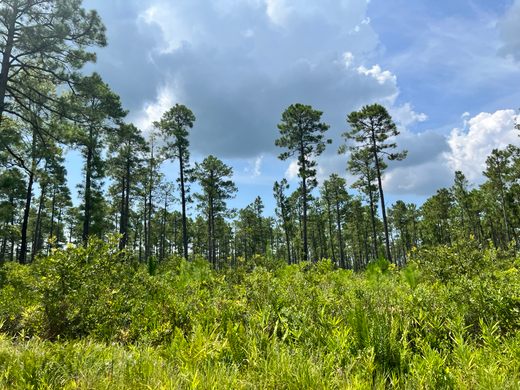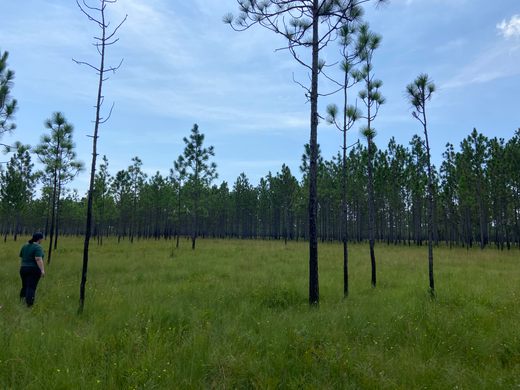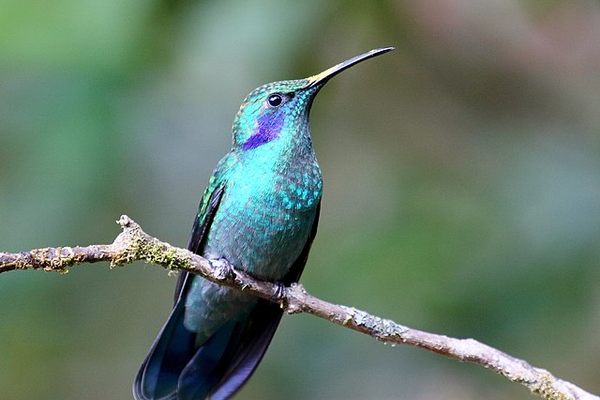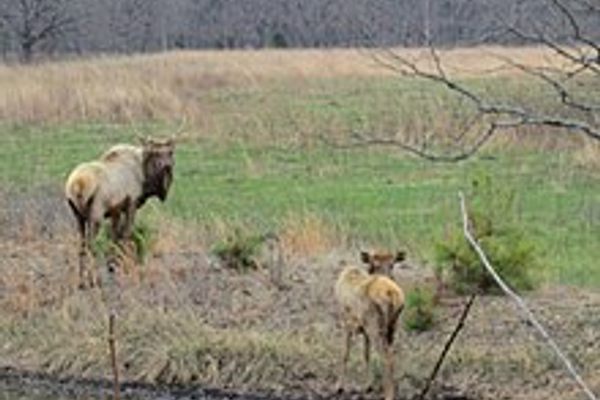AO Edited
Venus Flytraps at Lewis Ocean Bay Heritage Preserve
A famous—but endangered—plant is on view at an unassuming nature preserve a quick drive from Myrtle Beach.
Most of us have a sense of what a venus flytrap is, or our own Hollywood-skewed understanding of the thing—ask a friend and they’ll probably say something like, well, yeah, it’s a plant with a mouth that eats bugs, or maybe if they’re a theater kid they might start singing something from Little Shop of Horrors, the story of a meek flower shop employee who discovers a venus flytrap and names it after his crush.
In reality, the Venus flytrap is a plant native not to Hollywood soundstages but to North and South Carolina. It’s a small plant—harmless to anything but a spider or an ant, which constitute its diet—that evolved to eat bugs because of its nutrient-deficient habitat. The flytraps live in soil devoid of much nitrogen, sandy soil like that at Lewis Ocean Bay Heritage Preserve, where visitors can see them a 20-minute drive from Myrtle Beach.
The heritage preserve is unassuming—it lies along a dirt road, without too many manicured trails—but beautiful. This 10,427-acre wildlife management area full of Carolina Bays, which are the bays you might be familiar with but round depressions in wetlands that are fed by rainwater. The preserve is teeming with wildlife, from the beautiful but occasionally terrifying flytraps to technicolor wildflowers, deer, turkeys, dozens of bird species, and more. You can even find other carnivorous plants, including pitcher plants and sundew.
The flytraps in particular are not just an exciting novelty here, but a protected plant. Their populations have begun to dwindle in nature, and the preserve works to, well, preserve these and other vanishing species. Whether you’re looking to bird watch, or simply stare at one of nature’s most fascinating fanged creations, it’s a great roadside stop.
Know Before You Go
Enter the preserve at the intersection of Old Kingston Road and International Drive in Conway. You can also park here, and you’ll find an information kiosk nearby. There are few formal paths here; to preserve the plant life, keep your walking to the fire breaks, strips of cleared land that are marked by signs. Be sure not to remove, collect, destroy any plants, animals, or artifacts found on the preserve. If you plan to visit during hunting season, be sure to wear blaze orange for safety. Note that there are no bathrooms, water fountains, or other facilities on this land.
Plan Your Trip
The Atlas Obscura Podcast is Back!



















Follow us on Twitter to get the latest on the world's hidden wonders.
Like us on Facebook to get the latest on the world's hidden wonders.
Follow us on Twitter Like us on Facebook